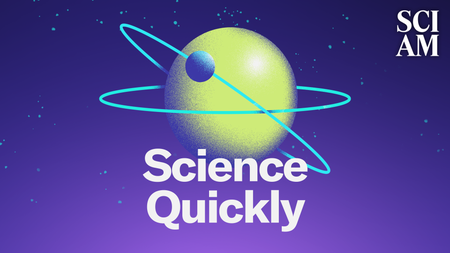
Traditional Music Shows Global Similarities in How We Sing
What can singing tell us about how we’re wired—and how our ancestors evolved?

Traditional Music Shows Global Similarities in How We Sing
What can singing tell us about how we’re wired—and how our ancestors evolved?
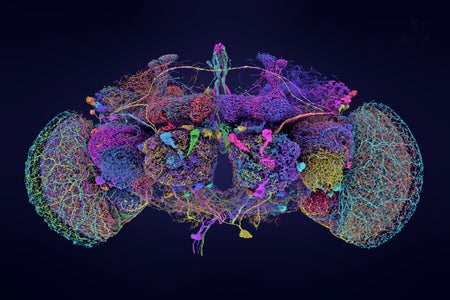
Largest Brain Map Ever Reveals Fruit Fly’s Neurons in Exquisite Detail
Wiring diagram lays out connections between nearly 140,000 neurons and reveals new types of nerve cell

Read all the stories you want.
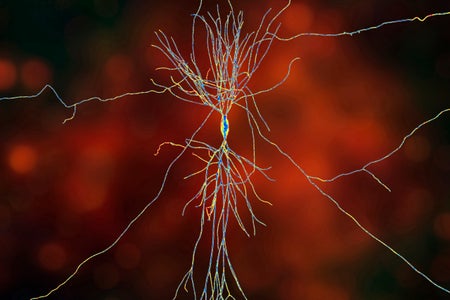
How Your Brain Detects Patterns without Conscious Thought
Neurons in certain brain areas integrate ‘what’ and ‘when’ information to discern hidden order in events happening in real time
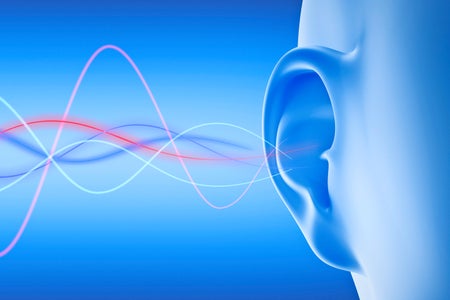
How Your Brain Tells Speech and Music Apart
Simple cues help people to distinguish song from the spoken word
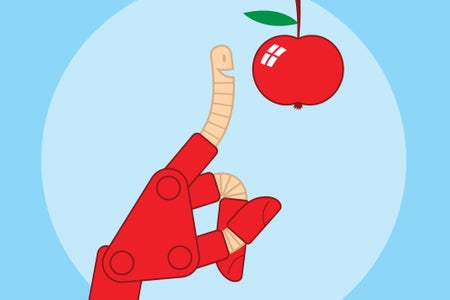
Scientists Make ‘Cyborg Worms’ with a Brain Guided by AI
AI and tiny worms team up to get to treats
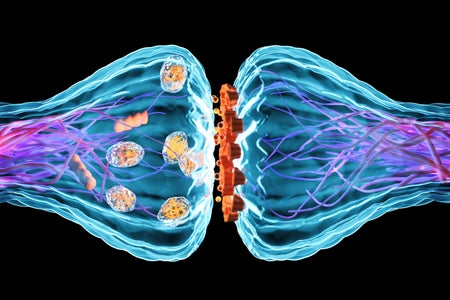
Brain Scientists Finally Discover the Glue that Makes Memories Stick for a Lifetime
A long-running research endeavor reveals key chemical players that cement memories in place—and still more have yet to be discovered

Ultrasound Brain Stimulation Boosts Mindfulness
Study participants felt time distortion, fewer negative thoughts and greater detachment from feelings with a noninvasive ultrasound intervention
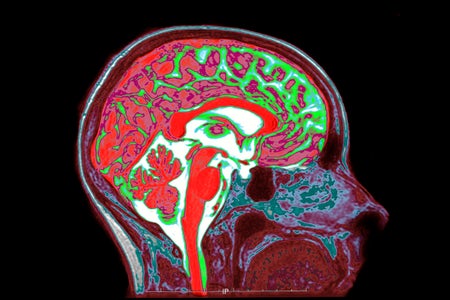
Brains Age in Five Different Ways
Brain scan study hints that methods could be developed to detect the earliest stages of neurodegenerative disease
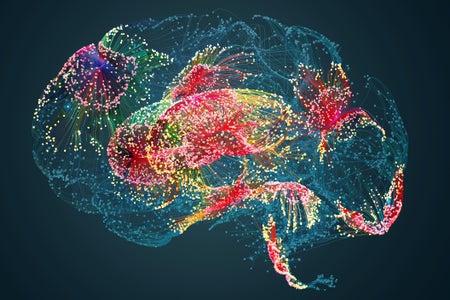
Experiments Prepare to Test Whether Consciousness Arises from Quantum Weirdness
Researchers wish to probe whether consciousness has a basis in quantum mechanical phenomena
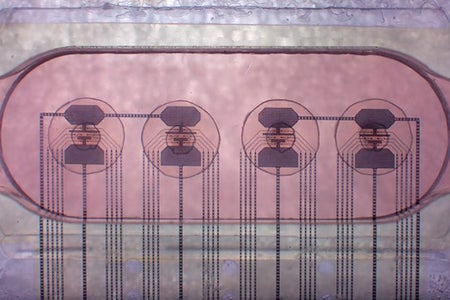
These Living Computers Are Made from Human Neurons
In the search for less energy-hungry artificial intelligence, some scientists are exploring living computers
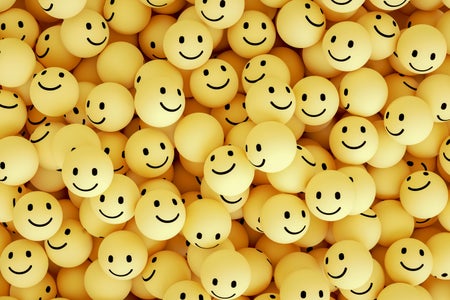
19 Good News Science Stories to Savor This Summer
From lifesaving cancer treatments and frog “spas” to a view of the cosmos from your own backyard, science can keep you going through the long, hot days of summer

Parasocial Relationships Can Tell Us a Lot about the Social Brain
People can form surprisingly strong bonds with others—even when that tie is one-sided